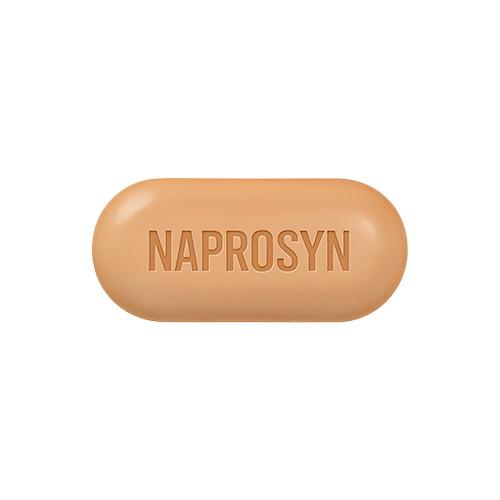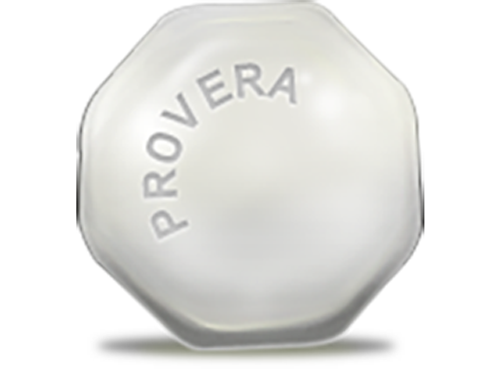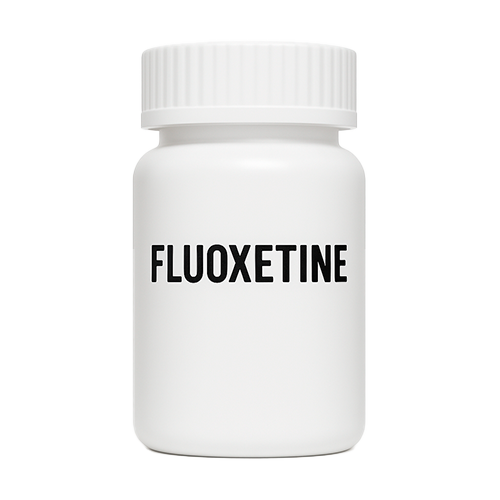Whether you’re managing chronic arthritis or recovering from injury-related inflammation, Naprosyn can be part of your treatment plan. This prescription-strength naproxen works by targeting inflammation at its source — helping ease joint stiffness and daily pain.
But before starting, it’s important to know how it works, when it’s recommended, and how to use it safely — especially if you’re also taking other NSAIDs or medications that affect the stomach or heart.
Medically reviewed content | Based on prescribing guidelines and clinical use of naproxen for inflammatory conditions.
Product Overview
This medication belongs to the propionic acid class of anti-inflammatory agents, offering a potent blend of pain relief, fever reduction, and inflammation control. Its therapeutic action is based on inhibiting leukocyte activity, stabilizing lysosomal membranes, and suppressing inflammatory mediators at the cellular level.
Other prescription NSAIDs include Voltaren and Mobic. Your doctor can help determine which is most appropriate for your condition.
Indications for Use
This treatment is prescribed for a broad range of musculoskeletal and inflammatory conditions, including:
– Arthritic disorders: rheumatoid arthritis, juvenile chronic arthritis, gout, ankylosing spondylitis, osteoarthritis
– Pain syndromes: muscle pain, joint pain, neuralgia, sciatica, tendon inflammation, headache, toothache, and postoperative pain
– Gynecological and infectious pain: menstrual cramps, pelvic inflammation, postpartum pain
– ENT infections with pain: pharyngitis, otitis, tonsillitis (used as part of a combination therapy)
– Fever management during colds or flu-like infections
How to Take
The medication is available in tablet and suppository forms, with dosing tailored to the condition:
-
Standard dose: 250–750 mg, taken once or twice daily with food or liquid
-
Maximum daily limit: 1,750 mg
-
Gout flare: Start with 825 mg, followed by 275 mg every 8 hours
-
Menstrual pain: Initial dose of 500 mg, then 275 mg every 6–8 hours for 3–4 days
-
Migraine: 500 mg as needed
-
Rectal suppositories: 500 mg at night; may be combined with tablets for higher-dose therapy
-
Children (1–5 years): 2.5–5 mg/kg per day, divided into 1–3 doses (max 14 days)
-
Juvenile arthritis (5+ years): 10 mg/kg/day
-
Pediatric preference: Oral suspension
According to FDA recommendations, Naprosyn should be used at the lowest effective dose for the shortest duration consistent with treatment goals.
Important Safety Information
Do Not Use If You Have:
– Known allergy to NSAIDs
– Active ulcers or gastrointestinal bleeding
– History of aspirin-induced asthma or nasal polyps
– Severe liver or kidney dysfunction
– Ongoing pregnancy or breastfeeding
– Children under 1 year old
Use caution in patients with heart failure or under 16 years of age.
Potential Side Effects
Like other NSAIDs, this medication may cause:
– Stomach issues: nausea, gastritis, ulcers, bleeding
– Allergic reactions: rash, hives, swelling
– Neurological effects: dizziness, fatigue, tinnitus, slowed reaction
– Hematologic effects: anemia, low platelet count
– Liver or kidney impairment
– Rare complications: eosinophilic pneumonia, severe blood disorders
Looking for OTC alternatives? See Naprosyn or Ibuprofen for non-prescription options.









Reviews
There are no reviews yet.